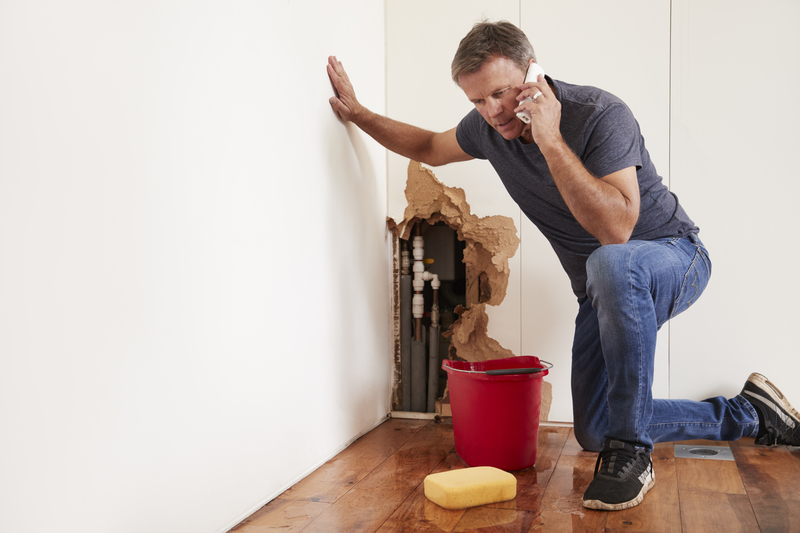Plumbing damage in a home can lead to a range of issues that extend far beyond the immediate site of the problem. Homeowners, real estate enthusiasts, and investors must understand how such damage can affect different areas of a property. Awareness and timely action can prevent minor issues from escalating into major, costly repairs.
The Kitchen
The kitchen, often considered the heart of the home, can be severely impacted by plumbing damage. Issues such as leaky faucets, clogged drains, or damaged pipes can lead to water damage and mold growth, affecting cabinets, flooring, and appliances. Persistent moisture can warp wood and corrode metals, leading to a need for expensive repairs or replacements. Plumbing problems can create an unsanitary environment, attracting pests and compromising the overall health of the household. Regular maintenance and prompt attention to any signs of plumbing issues in the kitchen are essential to protect this vital space. Like the kitchen, the bathroom is a space that sees high levels of water usage and can be susceptible to plumbing issues. A leaking toilet, for example, can cause damage to the flooring and subflooring, leading to expensive repairs. Clogged drains and damaged pipes can also wreak havoc in the bathroom, causing unpleasant odors, mold growth, and compromised hygiene. In addition, plumbing problems can also affect the functionality of bathroom fixtures such as sinks, showers, and toilets.
Bathrooms
Bathrooms are particularly vulnerable to plumbing damage due to their constant exposure to water. A working plumbing system helps keep water flowing and prevents leaks. When plumbing issues arise, they can lead to a variety of problems, including water damage to floors and walls, the growth of mold and mildew, and even structural damage if left unchecked. Leaking toilets, dripping faucets, and blocked drains are common issues that can quickly escalate. Regular checks of seals, grouting, and fixtures are crucial to catch and address problems early. Proper ventilation and moisture control can help prevent the growth of mold and mildew. Basements are often overlooked when it comes to plumbing issues, but they can be severely impacted by them. With limited airflow and poor ventilation, any leaks or water damage in basements can quickly turn into a breeding ground for mold and mildew.
Walls and Ceilings
Plumbing damage isn’t always visible; sometimes, its most significant impact is hidden within walls and ceilings. Leaking pipes can lead to water accumulating in these areas, causing paint or wallpaper to peel, stains to form, and in severe cases, the weakening of structural materials. The damp environment is conducive to mold and mildew growth, which not only damages the property but also poses health risks to the occupants. Undetected leaks can lead to a significant increase in water bills. It’s crucial for homeowners to be vigilant for any signs of moisture or unexplained musty odors, which might indicate hidden plumbing damage. Regular plumbing inspections and maintenance can help catch and address any issues before they cause significant damage to walls and ceilings.
Plumbing damage poses a significant threat to various areas of a home, particularly kitchens, bathrooms, walls, and ceilings. Homeowners and real estate professionals must prioritize regular plumbing maintenance and swift action upon noticing any signs of issues. Addressing plumbing problems promptly not only preserves the integrity and functionality of the home but also ensures a safe and healthy living environment.
Did You Enjoy Reading This Article? Here’s More to Read: Mistakes That Will Cause You to Fail a Home Inspection
